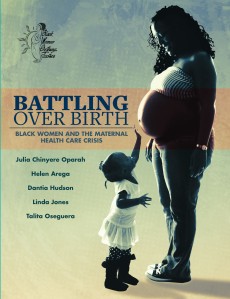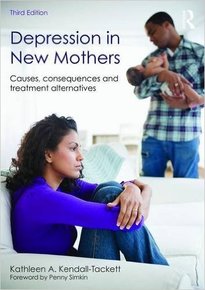The following article was provided by the Department of Nursing in USC, Nursing@USC
If a woman is taking the pill, many assume her primary purpose is to prevent pregnancy. However, there are other reasons to use oral contraceptive pills (OCPs). In a recent post, Nursing@USC, the University of Southern California’s Online FNP Program, examines what those reasons are—and why it’s important to understand the difference between reproductive health and sexual health for women. Here, we’ll dig into both.
Reproductive health versus sexual health
Historically, the terminology for reproductive health and sexual health for women has been used interchangeably—even though they’re not the same. According to the World Health Organization (WHO), reproductive health specifically refers to the reproductive process, and includes the implication that “people are able to have a responsible, satisfying and safe sex life and that they have the capability to reproduce and the freedom to decide if, when and how often to do so.”
In contrast, the WHO defines sexual health in the context of sexual well-being that requires “a positive and respectful approach to sexuality and sexual relationships, as well as the possibility of having pleasurable and safe sexual experiences, free of coercion, discrimination and violence.”
The difference is important, because women’s health is about much more than reproductive issues—as are the reasons they use oral contraceptive pills (OCPs).
Beyond contraception

While it’s true that the pill is effective for preventing pregnancy, it can be quite useful for other purposes, too. Proven clinical benefits that oral contraceptives provide include the reduction of:
- Acne
- Cysts in the breasts and ovaries
- Endometrial, ovarian and colorectal cancers
- Iron deficiency (anemia)
- Premenstrual syndrome (PMS)
- Menstrual pain and bleeding
In fact, of the 11.2 million women in the U.S. who take OCPs, 14 percent use them strictly for non-contraceptive reasons—which may also explain why many women on the pill aren’t even sexually active. According to the Guttmacher Institute, 7 percent of OCP users have never been sexually active and 9 percent haven’t been sexually active in three months.
In addition, because the pill is effective for treating menstrual pain — and 70 to 90 percent of teenage girls struggle with this—it’s not surprising this population has the highest rate of OCP usage for non-contraceptive reasons. In fact, of all teenage girls taking the pill, 82 percent do so for at least one non-contraceptive reason, and 33 percent are taking them strictly to treat other issues.
Beyond reproduction
Although understanding the clinical benefits of OCPs is important, perhaps the greater message relates to providing better support for women’s overall health—which is about much more than the ability to give birth. As Dr. Ellen Olshansky, chair of the USC Suzanne Dworak-Peck School of Social Work Department of Nursing, notes, “There’s always the assumption that women are just here to produce babies.”
Olshansky says that while there has been considerable progress in supporting women’s health and well-being, there’s still a lot of work to do. “It’s even more of a problem when we view reproductive health services as synonymous with women’s health to the exclusion of other services,” she said. “Women are more than their ability to reproduce.”























Leave a comment